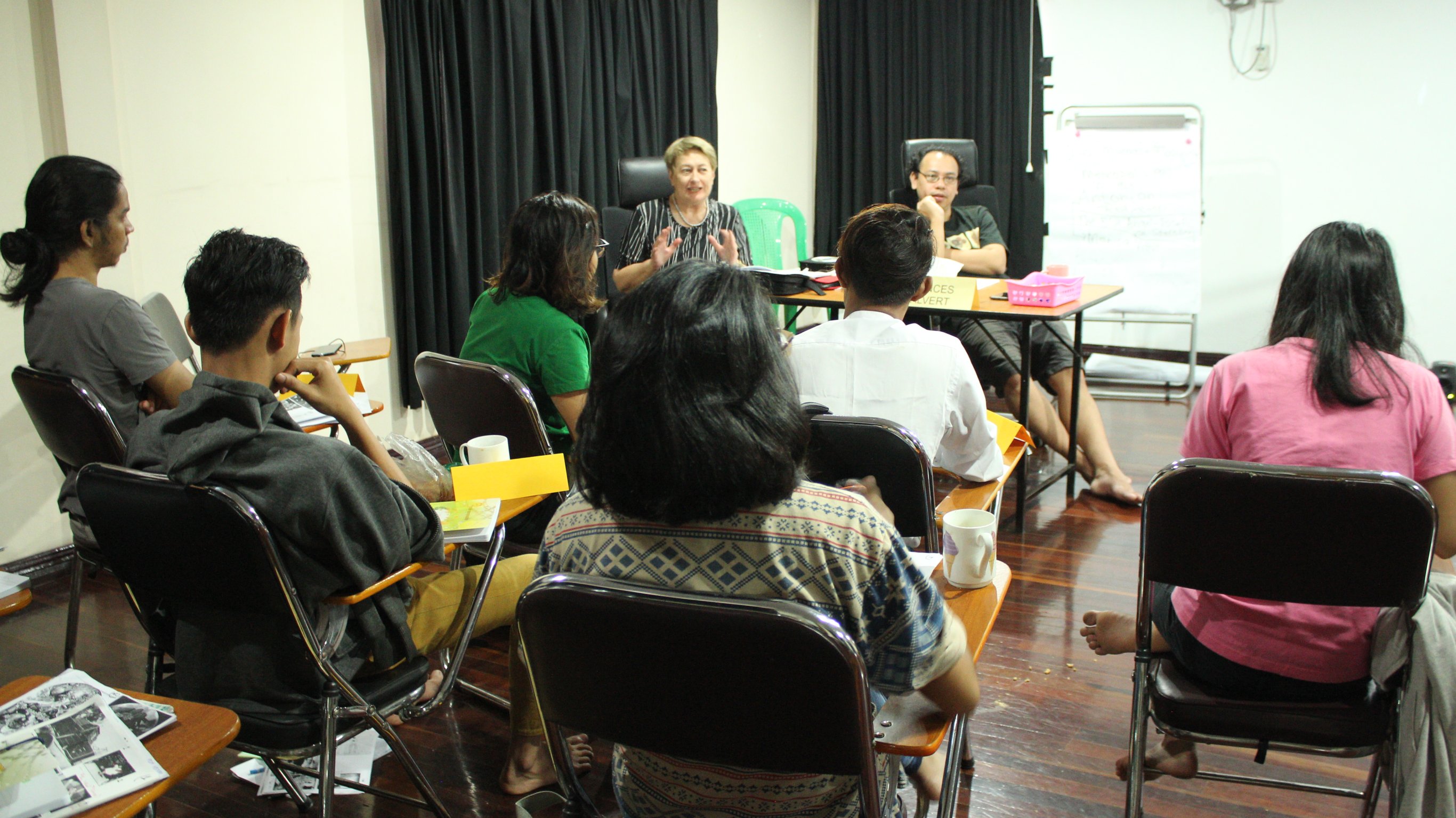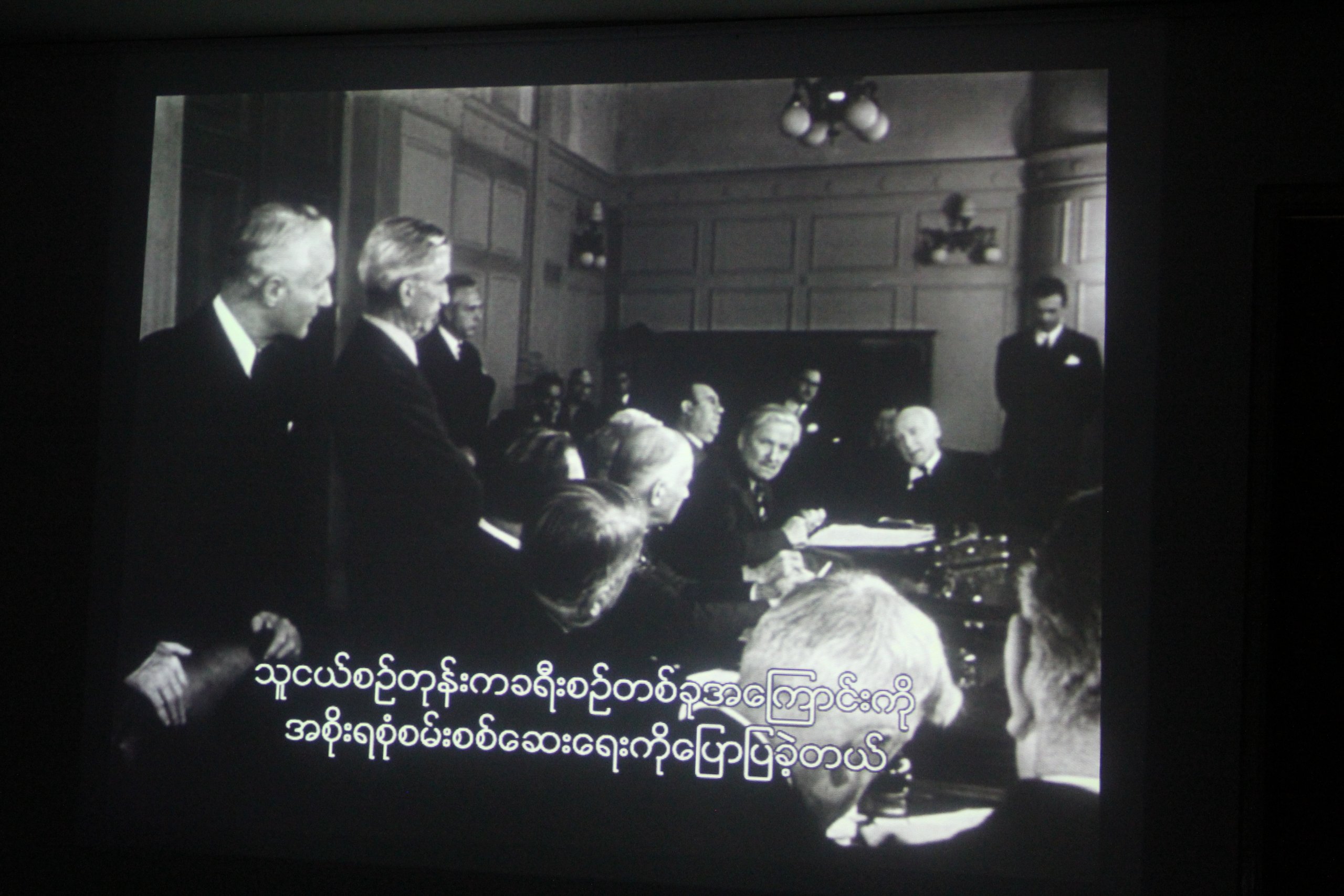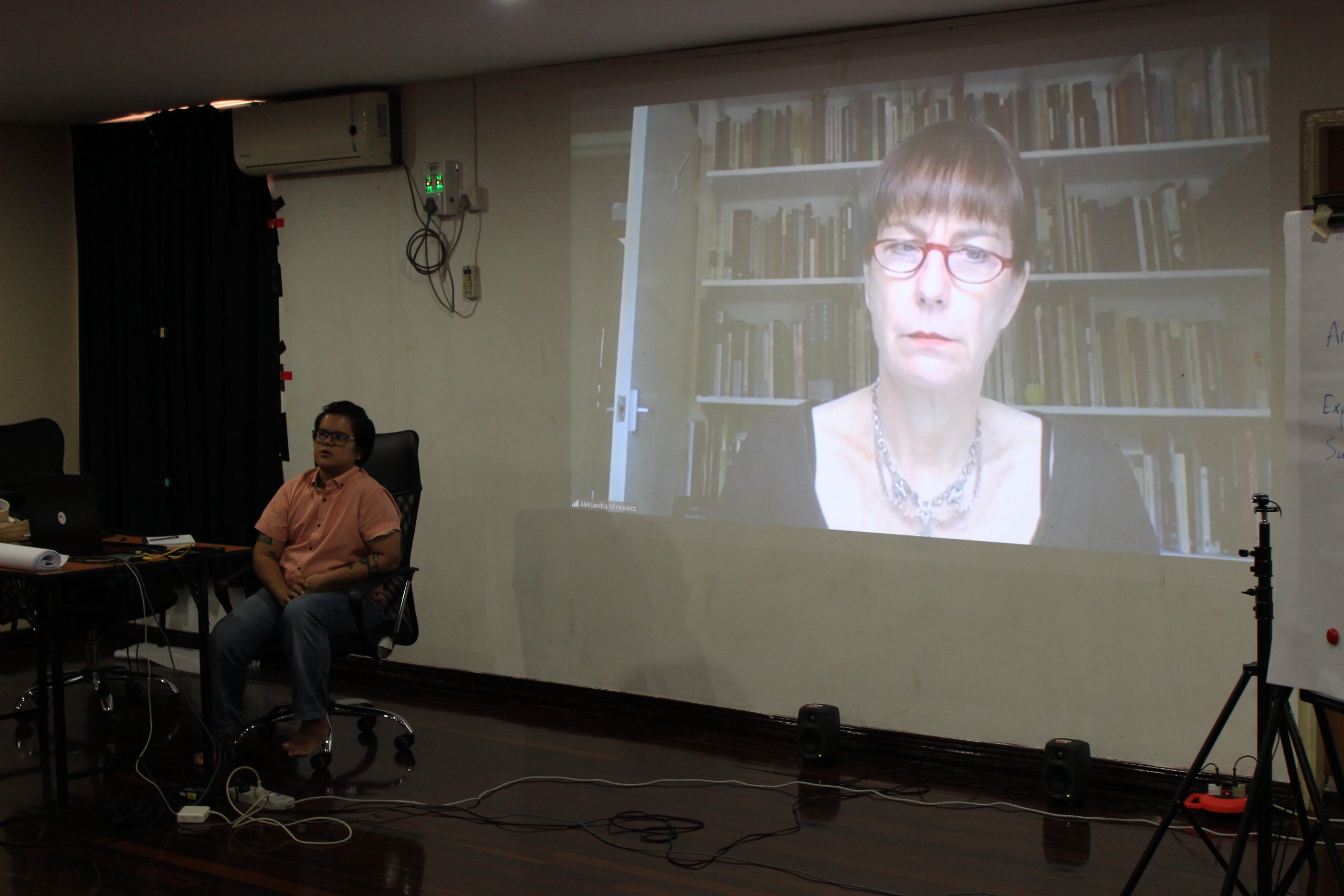Tutored by film history specialists, the course is designed to give students a historically informed understanding of the fundamental aspects of cinema, from film style, mise en scène and technologies to content, film genres and narrative tropes. It encompasses film history and the range of global film traditions, styles and schools including in Europe, the US, Africa, East and South Asia and Latin America.
Students end the course with a deeper understanding of film language and the ability to use this understanding when they come to work on their own film projects.
Take a look at how this course works in the film About the 2018 Ways of Seeing: Global Film Histories course below.
The course takes a detailed look at the following key elements of film history and form:
- A history of cinematography including elements of mise en scène (sets, lighting, colour, framing), editing (the various historical developments and styles) and sound
- A history of documentary, including a look at documentary forms in South and East Asia and in Latin America
- Historical moments and movements including: early silent films, the Lumière brothers, founder of the Indian film industry Dadasaheb Phalke, George Méliès, Porter, Griffith
- Realism, Expressionism, Surrealism, Impressionism
- The City Symphony film and Soviet montage with a special look at Eisenstein
- Sound in cinema from 1896 to the 1980s, including contrapuntal sound
- Italian Neorealism
- Women in the film industry
- The 1950s melodrama
- Film Noir
- Documentarians including Flaherty, Grierson and the GPO, the Free Cinema movement
- Kinoeye and Kinopravda, Cinéma Vérité and Direct Cinema
The course is supplemented by a one-week Introduction to the History of Myanmar Cinema tutored by a Myanmar film critic and filmmaker. This course, illustrated (where possible, sadly many early films have been lost) by clips of scenes and sequences, includes:
- A description of the birth of Myanmar Cinema with London Art’s U Ohn Maung and his silent film from 1920, Love and Liquor
- An overview of the first, second, third and fourth 25 years of Myanmar Cinema with a discussion of the political background, the improvement and decline of filmmaking in the country and notable films of the different periods
- The emergence of the first new wave in the late 1960s with Thardu (from the Natural Group) and Shumawa Film
- Propaganda in Myanmar films
- The birth of an independent Myanmar cinema in the early 2000s



